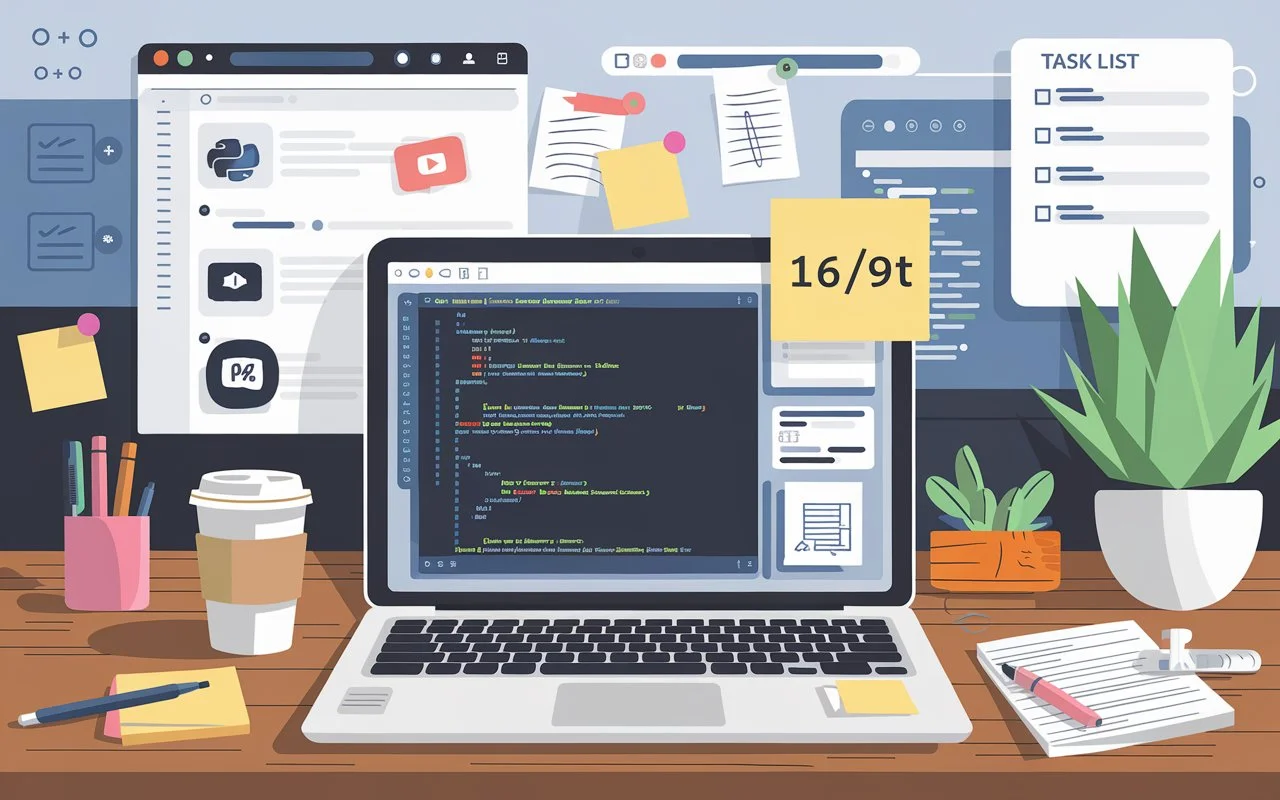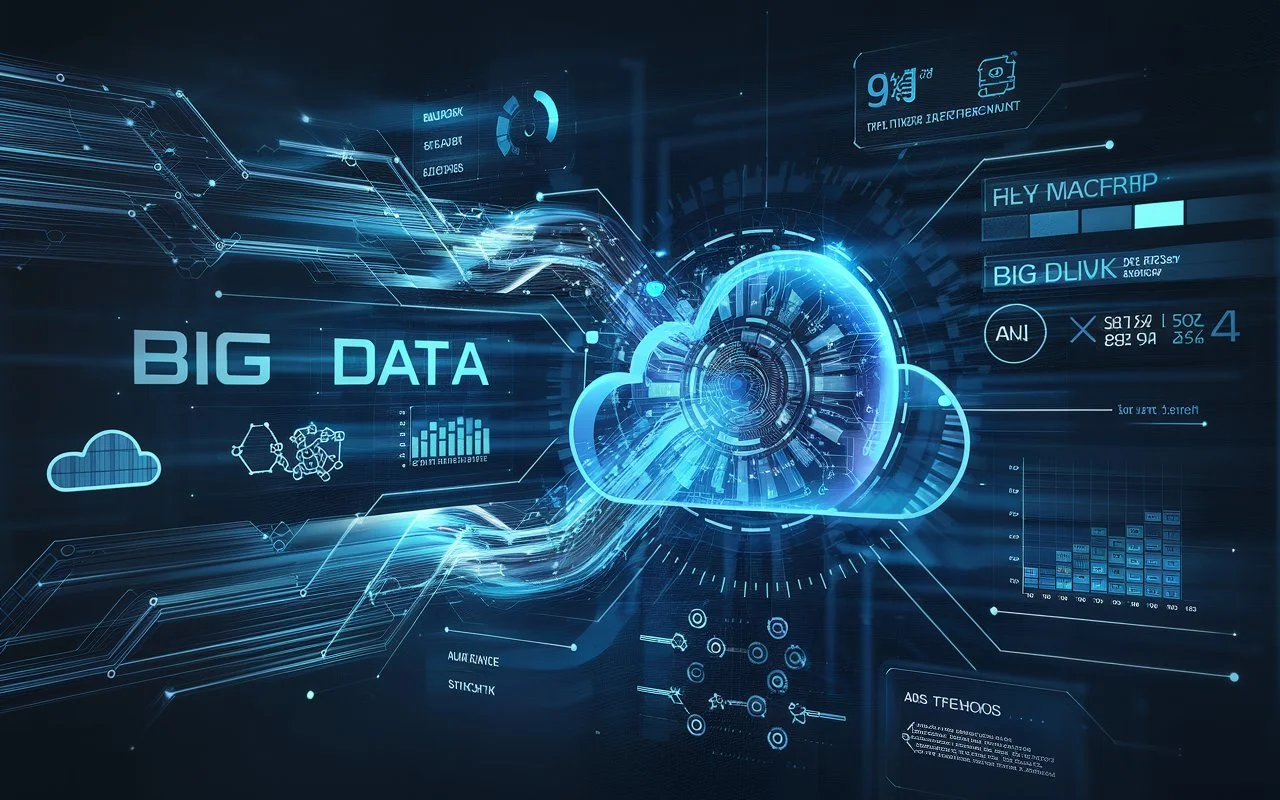
Why Python is the Future: AI, Web Development & Data Science Explained
Imagine a world where you could not generate images using a single line of code, where AI-driven applications were not shaping the future, or where you could not stream videos on YouTube seamlessly. That is a world without Python.
Python is one of the top three programming languages globally, with over 8 million developers using it across industries. It plays a crucial role in artificial intelligence (AI), data science, web development, and even robotics. With an annual growth rate of 15%, Python is becoming the go-to language for innovation. A Python developer’s salary in 2024 is not fixed, as it depends on skill level, experience, and the company. However, the demand for Python professionals continues to rise, making it a lucrative career choice.
This article explores Python’s evolution, its impact on web development and AI, its role in data science and business intelligence, and why it remains a top programming language in the world.
1. The Evolution of Python
Python’s journey began in the late 1980s when Guido van Rossum, one of the most talented programmers of his time, set out to create a language that was easy to read and simple to use. The result was Python, which was officially released in 1991 as a successor to the ABC programming language.
- Python 2 (2000-2010): Python gained widespread adoption due to its simplicity and flexibility. Features like
python.pyandStringhelped developers create applications efficiently. - Python 3 (2010-Present): Python 3 became popular, especially in web development, due to frameworks like Django and Flask. It introduced modern features that improved performance and scalability.
- Future of Python: Python 4 is on the horizon, with expected enhancements in performance, security, and AI-driven capabilities.
Python’s evolution has made it the preferred language for both beginners and experienced developers, ensuring its dominance in software development for years to come.
2. Python’s Impact on Web Development & AI
Web Development with Python
Python’s simplicity and versatility have made it a favorite among web developers. Two of the most popular web frameworks, Django and Flask, have revolutionized web application development.
- Django: A high-level framework that simplifies web development by providing built-in features such as authentication, ORM (Object-Relational Mapping), and security.
- Flask: A lightweight framework that offers flexibility, making it ideal for small-scale applications and startups.
- PythonAnywhere: A cloud-based platform that allows developers to write, run, and deploy Python applications without any setup hassles.
Startups and enterprises alike prefer Python for web development due to its strong community support and ability to scale effortlessly.
Python’s Role in AI and Machine Learning
Artificial intelligence is one of the most exciting fields in technology today, and Python is at its core. Google’s TensorFlow, an open-source machine learning framework, is built using Python and powers AI-driven applications worldwide.
- TensorFlow: Used for deep learning, image recognition, and natural language processing (NLP).
- Google’s Smart Cursor: A tool that recognizes objects and scenes accurately, enhancing user experience.
- PyTorch: Another popular machine learning framework used by researchers and developers to build AI models.
AI and ML applications, from self-driving cars to voice assistants, rely heavily on Python, making it a must-learn language for aspiring developers.
3. Python in Data Science & Business Intelligence
Data science is transforming industries, and Python is the preferred language for data analysts and scientists. It enables businesses to process large volumes of data and derive meaningful insights.
- Pandas & NumPy: Essential libraries for data manipulation and numerical computing.
- Matplotlib & Seaborn: Used for data visualization, making it easier to understand trends and patterns.
- GoogleThalli.com: A Python-powered tool that aids businesses in making data-driven decisions.
Python’s efficiency in handling big data makes it invaluable in finance, healthcare, marketing, and other domains.
Also Read: How Ravi Transformed His Career and Became a High-Paying Data Analyst
4. Community Support & Future Growth
One of Python’s biggest strengths is its strong and active community. From small startups to large enterprises, developers contribute to its growth and improvement.
- Open-source contributions: Python’s ecosystem is constantly expanding, with developers enhancing its capabilities.
- Python Setuptools: Ensures easy installation and management of Python packages, simplifying development.
- Future in Computing & Robotics: Python is playing a significant role in advanced computing and robotics, making it a key player in future technological advancements.
Python’s adoption rate is growing at an impressive 27%, making it one of the fastest-growing programming languages in the world.
5. How to Get Started with Python
If you are considering a career in Python development, now is the perfect time to start. Here’s how you can begin your journey:
- Enroll in Python courses: Many online platforms offer beginner to advanced Python courses.
- Practice with real-world projects: Start with simple applications and gradually move to complex projects.
- Leverage free resources: Utilize YouTube tutorials, open-source documentation, and coding communities.
- Stay updated with industry trends: Follow Python-related blogs, forums, and conferences to keep up with advancements.
Conclusion
Python’s simplicity, flexibility, and powerful capabilities make it the language of the future. Whether you are interested in web development, AI, data science, or robotics, Python offers endless opportunities for growth.
With its ever-growing demand and continuous evolution, learning Python can open doors to exciting career prospects. If you’re ready to embark on your Python journey, explore available resources and become part of the thriving Python community today!
Are you ready to learn Python and build your future in tech?





